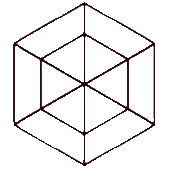1061 words
Parent: T.00_ED_TEXTUAL HOLOGRAM: PRESENTATION
MATHEMATICAL SUBLIME
Source: Elie During, “Ikeda, or subliminal time”, in Ryoji Ikeda (ed.), continuum, Pliezhausen: Éditions Xavier Barral, 2018.
Let us begin again from this idea of a mathematical sublime, which naturally comes to mind, and let us try to clarify a few things. In response to Asada, the artist puts it thus: “If ‘beauty’ were related to ‘quality’, then perhaps ‘the sublime’ would be related to ‘quantity’.” (“A conversation between Akira Asada and Ryoji Ikeda”). This opposition actually intersects with others that he frequently mobilizes for example, the opposition between the continuous and the discontinuous whose chiasm the Centre Pompidou installation organizes. The first room (black, code-verse) plunges the visitor into a continuous flux of stimulations whose generative principle is nonetheless entirely founded on the discreet operation of the discrete (0s and 1s, weaves of pixels intermittently illuminating and extinguishing themselves). The second room (white, A [continuum]) reveals thresholds and discontinuities at the limits of perception by playing on the visitor’s movements in a space that at first glance appears homogeneous, bathed in white light and sound. This is another way of indicating that these oppositions (continuous and discontinuous, quality and quantity, dynamic and mathematic, beautiful and sublime, and finally, time and space) must always be handled with care. In reality, the terms ceaselessly intermingle or trade places, and this is what is truly at play in the arrangement of this two-room installation.
But let us return to the general problem, that of a sublime of quantity, and begin with this latter term. An artist that ceaselessly manipulates quanta of information, packets of 0s and 1s, lines of codes, sinusoidal signs and Fourier series can be trivially described as an artist of quantity. But in what manner does quantity acquire an aesthetic value, one that would allow us to speak of a quantitative sublime?
It is not necessary to spend too much time distinguishing, as Kant does, between two varieties of the sublime: mathematical and dynamic. The mathematical sublime is almost entirely grounded in a certain apprehension of quantity in itself: it places the mind before a measure that is given as absolute – the “absolutely large” as Kant’s curious formula puts it. This is the idea of a largeness that would not be large relative to others, thus not by comparison, but large in itself – an absolute largeness. Mathematical infinity of course furnishes the type of such seemingly boundless expanse, but the idea can be evoked by phenomena of all kinds (for example, on a precipice overlooking an abyss or via a flux of alphanumeric symbols sweeping across a screen in an uninterrupted fashion). The phenomenal triggers need only suggest an indefinite progression within the order of quantity. Their subjective counterpart is the painful realization that it is impossible to immobilize this quantum in a simultaneous vision. At the cost of an unnatural strain, the imagination retraces its steps in a retrograde movement that effectively inverts the course of time in a desperate attempt to seize with a single look, and in one fell swoop, the totality of a series that we nevertheless feel to be inexhaustible in reality. (On the “mathematical sublime”, see section 27 of Kant’s Critique of Judgement).
In sum, sensibility and the imagination are confronted with a limit, a threshold, a maximum that marks the incapacity of the mind to embrace the spectacle, and to even simply form an adequate representation. This is something that we must henceforth recognize as the absolutely large beyond measure. What remains is the idea, or the Idea in Kant’s sense: a pure product of reason in us, irreducible to nature and to exterior phenomena. The object of the mathematical sublime is the Idea of an infinity external to nature.
In this regard, the novelty introduced by Kant in an already antiquated discourse on the sublime consists in foregrounding the fact that it is not, properly speaking, the thing or object that supplies its pretext, but precisely the Idea, that is, the capacity of a subject to elevate itself, despite its impotency, to the height of an Idea which is that of a largeness exceeding all measure, of a reality that is untotalizable in fact, although we may want to think that it is totalizable in principle. The sublime’s affect is therefore essentially reflexive – and in this regard, formal – since it concerns a certain relation of a subject to its own faculties of feeling and thinking.
This is, briefly recalled, and leaving aside its moral and metaphysical implications, the formal core of the Kantian problematic of the sublime. But what about the dynamic sublime? Kant basically develops in the register of force or momentum what the initial (mathematical) formulation already integrally described in the register of quantity. This dimension of sheer intensity is immediately perceptible in Ikeda’s optical and sound installations whenever the spectator finds themselves bombarded and engulfed in a flood of givens of all kinds that saturates their perception without the possibility of attributing any sense to them, nor even of immobilizing them in a stable gaze or experience of listening. If figures and forms emerge from this torrent of sensation, it is only in a derivative and precarious manner; what we are confronted with are “bachelor” data: paradoxical givens that are not in reality given to any subject at all, givens that are not really there for anyone, thus contradicting the habitual, phenomenological meaning of the term. After a few minutes, the visitor has to let go and deliver themselves without resistance to this indistinct mass that dissolves all around them and carries them away. Sometimes, the visitor experiences this space of commotion and delightful terror which, in other circumstances, would be produced by the spectacular vision of an ocean unleashed by a storm or of a forest ravaged by flames. It is useless to insist any further, since it is precisely here where the most interesting phase opens up. We could say that the dynamic sublime, and the crushing feeling that accompanies it, are the backdrop against which a truly decisive experience, that of the mathematical sublime, will be able to organize itself, an experience turning on a direct apprehension of the ideas and concepts of quantity evoked by the situation.
Links
︎ egs.edu/biography/elie-during ︎ parisnanterre.fr/m-elie-during--697698.kjsp
From the same writer
T.00_ED_TEXTUAL HOLOGRAM: PRESENTATION T.01_ED_FOLDS AND PIXELS T.02_ED_DIGITAL SUBLIME T.03_ED_MATHEMATICAL SUBLIME T.04_ED_IMMANENT SUBLIME T.05_ED_NEXUS T.06_ED_KINKED CLASSICISM T.07_ED_LOOSE COEXISTENCE T.08_ED_FLOATING TIME T.09_ED_FLOATING SPACE T.10_ED_RETRO-FUTURES T.11_ED_EXITING VIRTUAL REALITY T.12_ED_BULLET TIME T.13_ED_GHOST TIME T.14_ED_SUBLIMINAL TIME T.15_ED_DIAGRAMS OF COEXISTENCE T.16_ED_VOLUME-IMAGE T.17_ED_VERTICAL TIME T.18_ED_TURNING MOVEMENTS T.19_ED_SUPERTIME T.20_ED_PROTOTYPE T.21_ED_ZERO-G ARCHITECTURE T.22_ED_SHOCK SPACE T.23_ED_TRANSPARENCY






